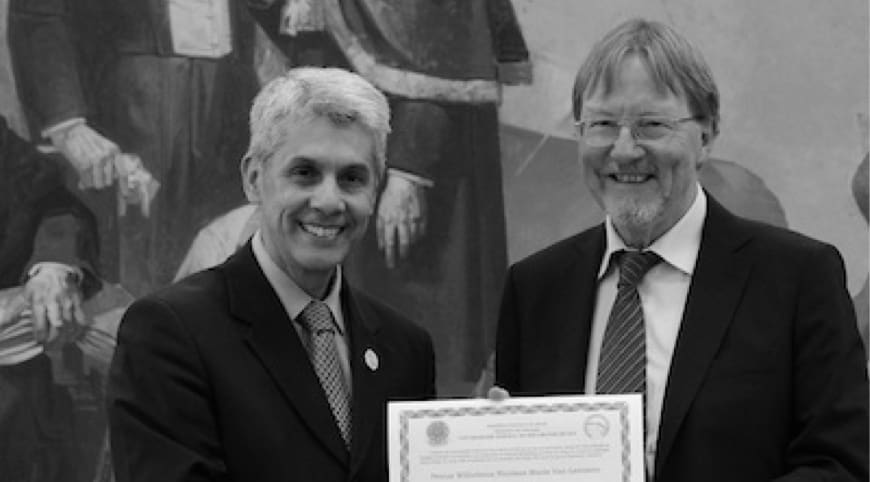Supramolecular catalysis. Part 2: artificial enzyme mimics
The design of artificial catalysts able to compete with the catalytic proficiency of enzymes is an intense subject of research. Non-covalent interactions are thought to be involved in several properties of enzymatic catalysis, notably (i) the confinement of the substrates and the active site within a catalytic pocket, (ii) the creation of a hydrophobic pocket in water, (iii) self-replication properties and (iv) allosteric properties. The origins of the enhanced rates and high catalytic selectivities associated with these properties are still a matter of debate. Stabilisation of the transition state and favourable conformations of the active site and the product(s) are probably part of the answer. We present here artificial catalysts and biomacromolecule hybrid catalysts which constitute good models towards the development of truly competitive artificial enzymes.

M. Raynal, P. Ballester, A. Vidal-Ferran, P. W. N. M. van Leeuwen
Chem. Soc. Rev. 2014, 43, 1734-1787
DOI:
Go to the journal
Associated ICIQ research group/s:
-
RESEARCH GROUP/S
Prof. Anton Vidal
-
RESEARCH GROUP/S
Emeritus Prof. Piet van Leeuwen

Let's create a brighter future
Join our team to work with renowned researchers, tackle groundbreaking
projects and contribute to meaningful scientific advancements




















